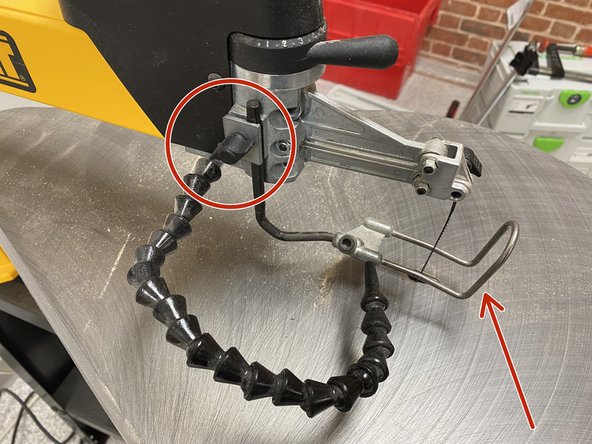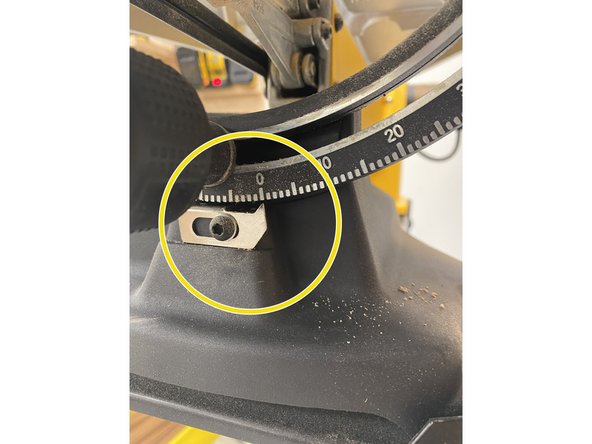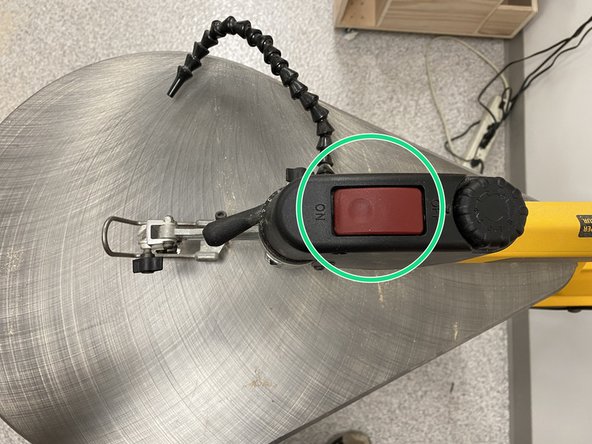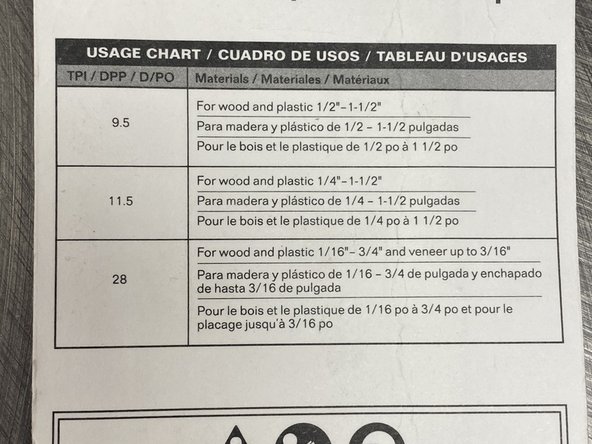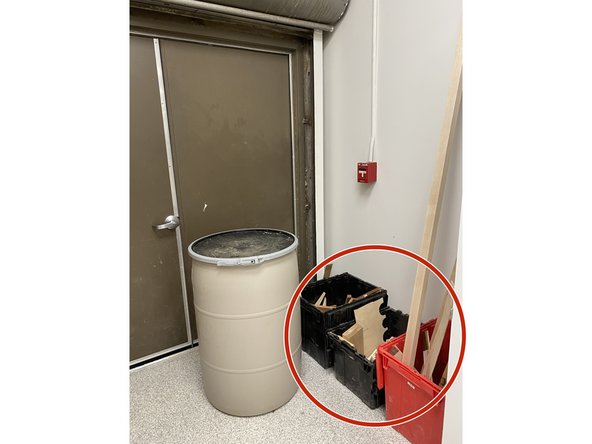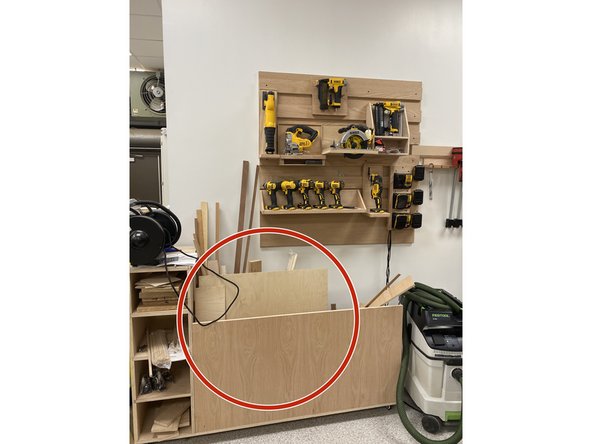Introduction
The scroll saw is commonly used for cutting intricate curves and is more delicate than a jigsaw. It also can cut through thin pieces of wood that cannot fit on the small band saws.
-
-
Always make sure all proper PPE is worn.
-
Goggles
-
Gloves should NOT be used around the scroll saw.
-
-
-
Make sure all the following:
-
Tied back any loose hair
-
Removed any jewelry from wrists or hands
-
Rolled back any long sleeves
-
Wore closed toed shoes
-
Secured any an all loose and baggy clothing
-
-
-
The scroll saw works by mimicking the movement of a handsaw.
-
This allows for cutting intricate curves and cutting thin pieces of wood reliably.
-
This saw is also very good at small detail work.
-
This saw should NOT be used to cut thick pieces of wood or hardwood (depending on thickness).
-
Generally, it is a very good saw for plywood as compared to hardwood.
-
For harder pieces of wood, use a bandsaw.
-
-
-
Move the workpiece guard to the desired height by adjusting the black knob on the left side of the scroll saw.
-
The guard should not be directly resting on the workpiece, but should still be relatively close.
-
About 1/8th of an inch or so, this guard is used to make sure the workpiece does not jump around so use accordingly.
-
Set the tension of the blade by turning the horizontal knob on the front of the scroll saw to the desired amount.
-
The tension controls how precise the cut will be, and generally needs to be higher for thinner materials.
-
-
-
The scroll saw table can be adjusted to angles ranging to 45 degrees on both sides.
-
To angle, turn the black knob counterclockwise to release the tension hold. Then move the table to the desired angle.
-
Read the angle by using the arrowhead on the right side of the knob.
-
Lock the table to the desired angle by turning the knob clockwise.
-
-
-
Flip the red power switch on the top of the scroll saw.
-
If the saw is moving too slow or too fast, adjust the speed with the black circle knob on the top of the scroll saw.
-
1 is slowest and 8 is the fastest. Doing a test cut may be necessary to determine the right speed.
-
For harder the wood use higher speeds, and for softer woods use lower speeds.
-
When pushing wood through the saw, use a soft even pressure, the wood should almost glide through the saw. Do not force the wood as it can damage the saw and potentially harm the user.
-
-
-
First, untighten the two black knobs that are both above the saw table, and underneath the saw table.
-
The blade should pop out of its tension hold once the two knob are untightened.
-
-
-
There are three blades available to choose from:
-
9.5 - for wood ranging from 1/2 inches to 1.5 inches thick
-
11.5 - for wood ranging from 1/4th inches to 1.5 inches thick
-
28 - for wood ranging from 1/16th inch to 3/4th inch thick and veneer up to 3/16th thick
-
Most likely the blade will not have to be changed, unless needed for a special case or a blade breaks.
-
Install the new blade with the teeth facing the user, not the wall.
-
Please contact staff if you require any assistance with changing the blade.
-
-
-
Once done cutting, turn off the scroll saw and make sure to:
-
Clean any saw dust with either a vacuum or broom and dust pan.
-
Throw away any scrap pieces that are too small for future use.
-
Save any big scrap pieces in the scrap bins or keep for personal use.
-
Cancel: I did not complete this guide.
One other person completed this guide.



